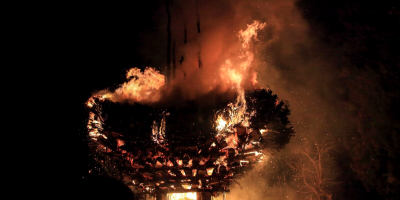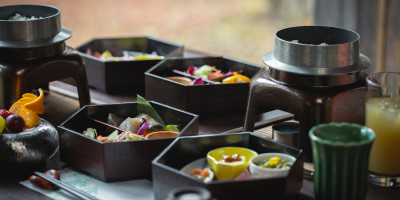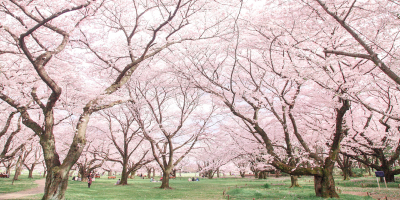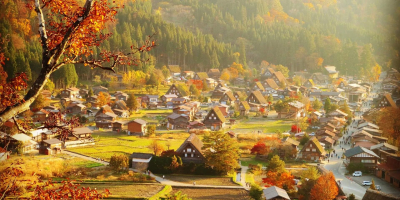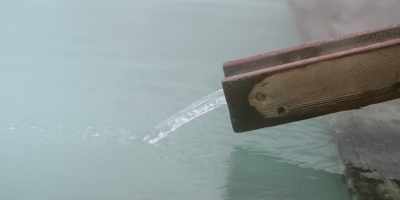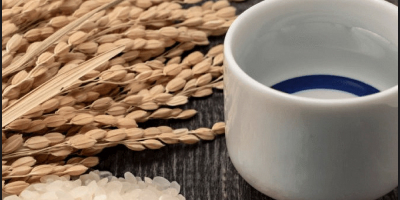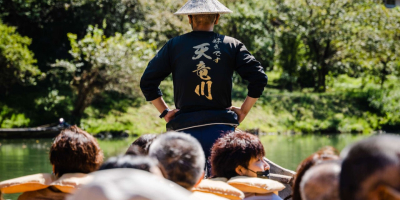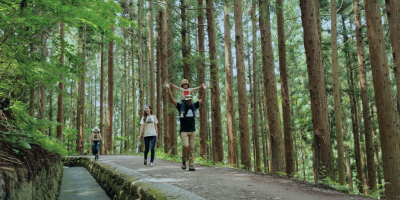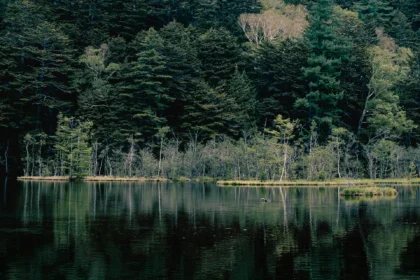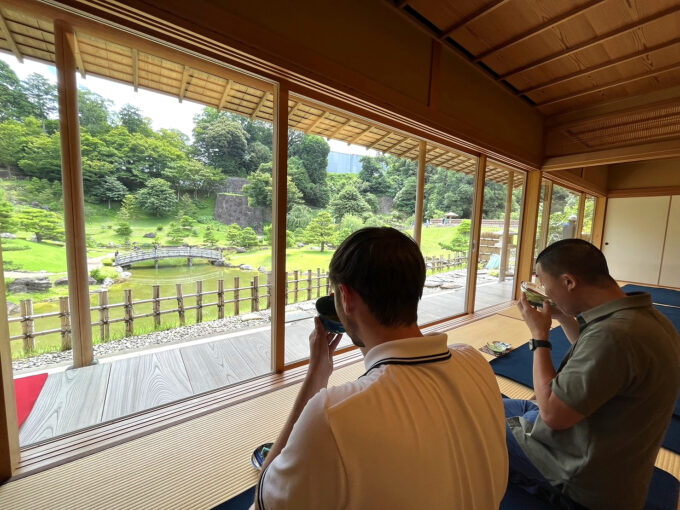Step back in time to the days of the samurai...
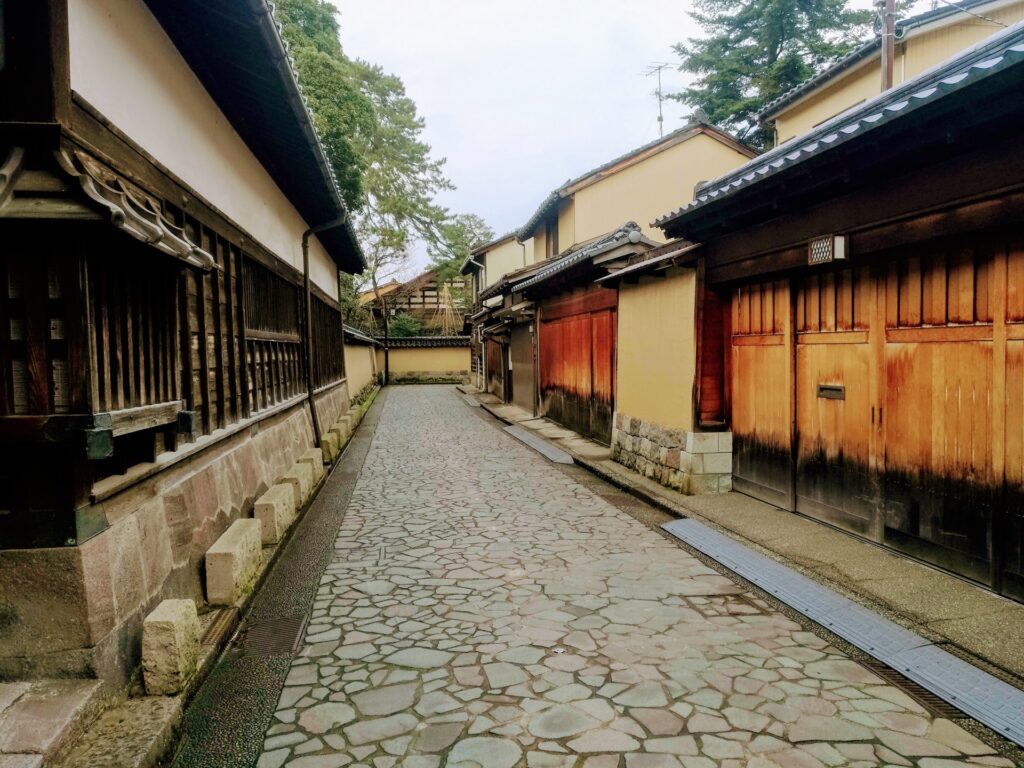
Once the homes of upper- and upper-middle class samurai in Kanazawa, the Nagamachi Samurai District has literally stood the test of time and charms its visitors with preserved traditional gates, earthen walls and charismatic laneways. A testament to Kanazawa's wealth and status during the Edo Period (1603 - 1868), the famous walls are preserved by the residents of the area and, in the winter, straw mats are hung on them to protect them from the elements. Learn more about this fascinating area and its history below!
Nagamachi Through History
The first lord of Kanazawa, Maeda Toshiie, came to the city in the 1580s. With him came legions of samurai. During the later years of the Warring States Period (1467 - 1573), Toshiie had been a faithful retainer to Oda Nobunaga, one of Japan's "Three Great Unifiers," for years and helped the warlord establish himself as the dominant force in Central Japan. He was given the fief of Kanazawa as a reward for his service and moved to the city.
For much of the following Edo Period, many of the wealthiest and most influential samurai families in Kanazawa lived here. The small canal that flows through the district, drawn from the Sai River, was used to circulate water through the district and also to create the streams that flow in the gardens. Most of these residences are now private, but the Nomura Family Samurai House has an immaculately-preserved garden available to those who enter the museum.
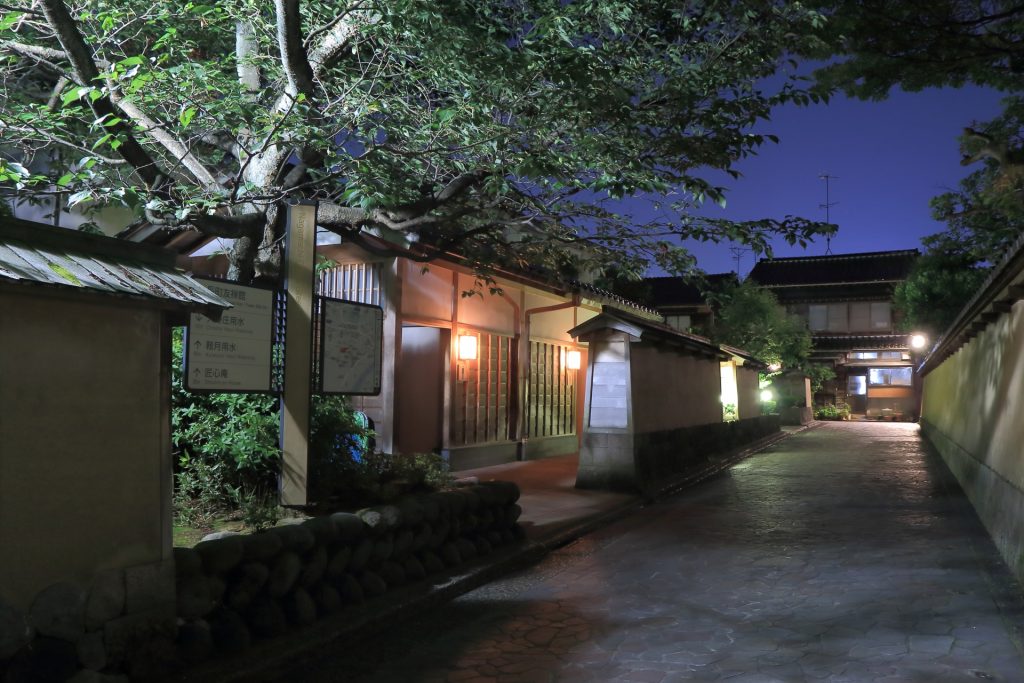
The Edo Period was a time of great prosperity for Kanazawa. The city was of comparable size to Rome and Madrid; one of the wealthiest in Japan. At the time, Nagamachi was one of several similarly-styled neighbourhoods in the city, as all of the samurai retainers of the Maeda lived within the city limits. Unfortunately, time and modern urbanisation mean that Nagamachi is the only such district left in Kanazawa.
The name of the Nagamachi district is said to have come from two of Kanazawa's "Eight Families". Each of these families boasted enough wealth to rival the lords of domains and so were granted court rank. The Yamazaki-Nagato and the Naga clans were located in the district. In Japanese, "Nagamachi" is in homage to the two family's names.
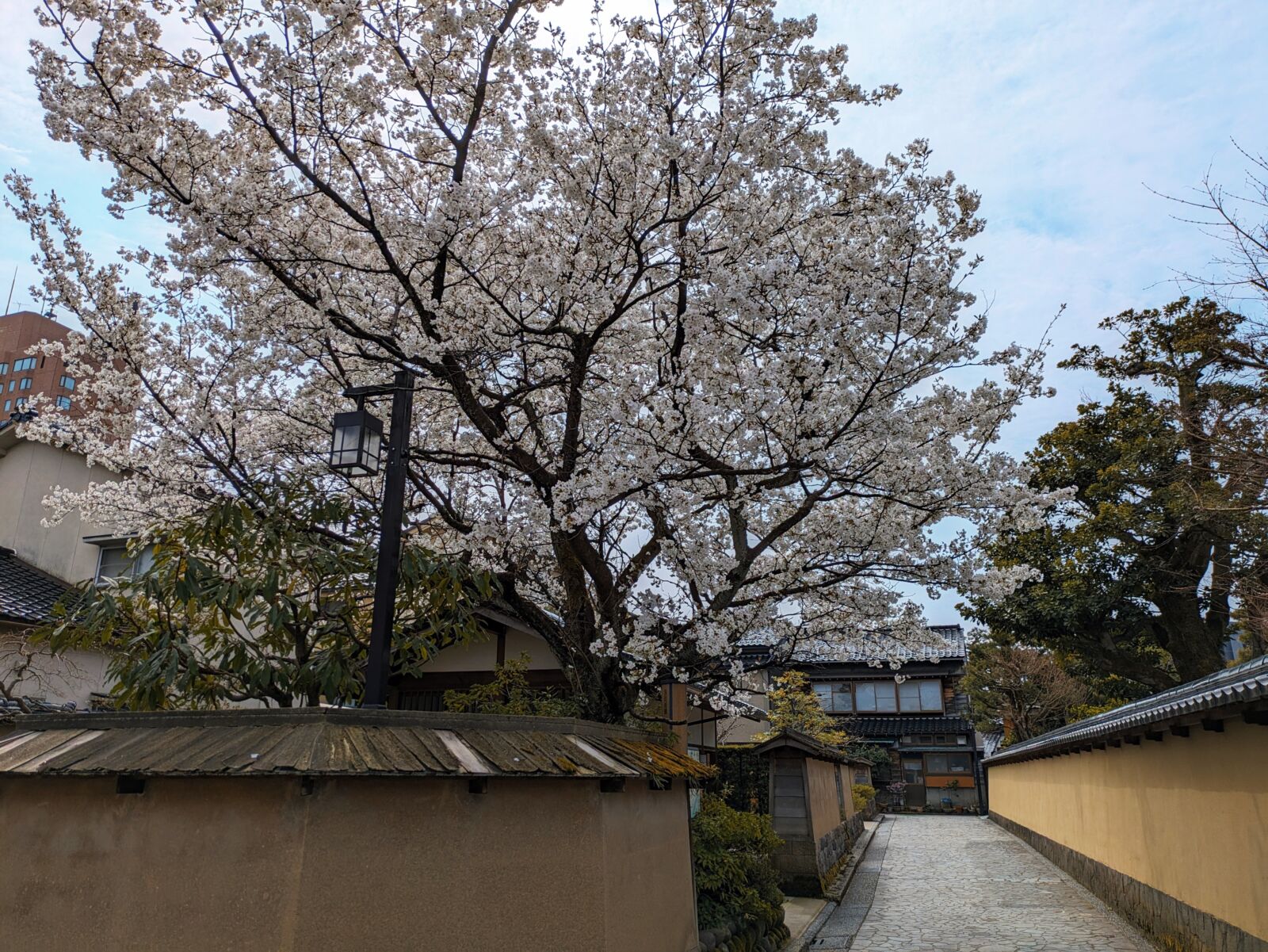
The End of the Samurai
In 1869, the time of the samurai ended with the Meiji Restoration, an act which restored authoritative control of Japan to the emperor. Samurai families lost the government stipends that made up the vast majority of their income and also the immense social prestige and privilege that came with their rank. As such, many were forced to sell or abandon their lavish homes to wealthy merchants who had once been at the lowest of the socio-political spectrum.

In the 150 years since, many of the houses are still owned by the descendants of those samurai families who held onto their land or the merchants who bought them. The residents take great care to maintain the earthen walls that have become Nagamachi's signature look.
Museums in Nagamachi
The Nomura Family Samurai Residence

This historic samurai house has been awarded two stars in the "Michelin Green Guide Japan." The family held various magistrate positions over 11 generations. Originally, the house and garden was around 3,000 square metres but, at the end of the Edo Period, parts of the garden were sold off and the grounds became what we can see today.
Many of the objects on display in the house were gifted to the family from the Maeda themselves and show off their prestige. Perhaps the most telling of the family's wealth is a large raised room in the centre of the house, made specifically to entertain the lords of the domain who came to visit. Only they could step in there - even today it is blocked off and visitors can only peer inside, imagining what it must have been like.
The Kanazawa Ashigaru Museum

Moving to samurai of a more humble origin, the Ashigaru Museum features two original houses of the lowest-ranked samurai in Kanazawa. Ashigaru literally translates to "light foot", reflecting the samurai's humble work. They were both foot soldiers in war and messengers and postmen in times of peace.
Despite their relative lack of wealth, though, these residences betray the prosperity of the region. The samurai's whole family would have lived in these houses quite comfortably compared to their peers in other prefectures who lived in cramped barrack-style housing. The ashigaru had a small garden and a room to entertain guests.
The Maeda Tosanokami-ke Shiryokan Museum

This museum is built on land once owned by a branch family of the Maeda clan, tracing their lineage back to Maeda Toshiie's second son. It has around 9,000 items in its collection, the highlight of which is easily the family's samurai armour and sword: a black lacquered suit of armour and a helmet decorated with silver leaf to designate the wearer as a member of a Maeda branch family. The sword is thought to be between 500 and 600 years old and bears the name "Aki no Arashi" meaning "The Storm in Autumn" due to its chestnut scabbard and grip.
Shinisen Kinenkan Museum

This museum was once a pharmacy owned by the Nakaya family. It first opened in a different location in 1579 and moved to its current premises in 1878 in honour of Emperor Meiji visiting. The Nakaya family served as the personal pharmacists for many members of the Maeda clan and became town elders for generations.
In 1987, the family chose to close as a business and donated the building to the city. It reopened as a museum honouring the family's contributions to Kanzaawa's history two years later.
Visiting Nagamachi
Kanazawa is quite friendly for those who are walking around the city and there are many sites that are within a 5-25 minute walk of Nagamachi. It is near Oyama Shrine and Kanazawa Castle, which then directly adjoins Kenrokuen Park at its entrance. The daimyo villa of Seisonkaku and Ishiura shrine, famous for its pond and tunnel of torii gates, are both excellent places to visit. The Higashichaya Teahouse District, DT Suzuki Museum, 21st Century Museum, National Crafts Museum, Nishi Chaya District and Kazuemachi Geisha District are all also within a nice walk and help you dive even deeper into this fascinating city.
Are you interested in a guided tour around this beautiful city? See the Nagamachi Samurai District and many of the other sites mentioned above and all in one day!
KANAZAWA MAIN SIGHTS TOUR / all year round
This tour has you walk in the same streets as those from times past. Walk the streets of the samurai of the Kaga clan and see a warrior's house from the Edo period. Relax and enjoy matcha in a tea house overlooking a beautiful garden next to the impressive castle walls. Stroll through the Kenroku-en garden like the daimyos of the Edo period and admire the artistry of the landscaping of not just the land but of the trees as well. Finally, walk through Higashi Chayamachi, the old geisha district, where you can shop, snack and take a tour of an opulent former tea house that was used by actual geisha in the past.
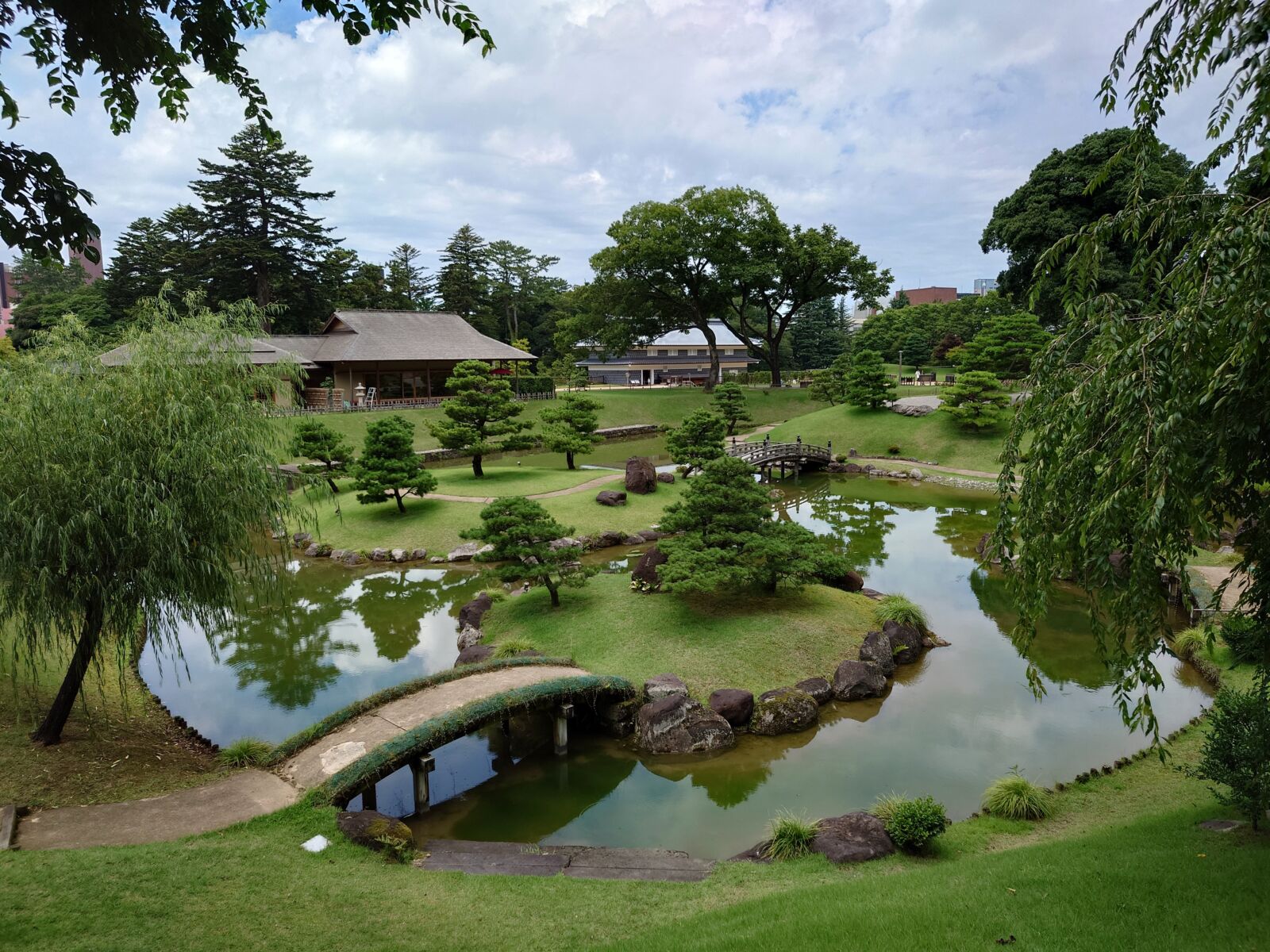
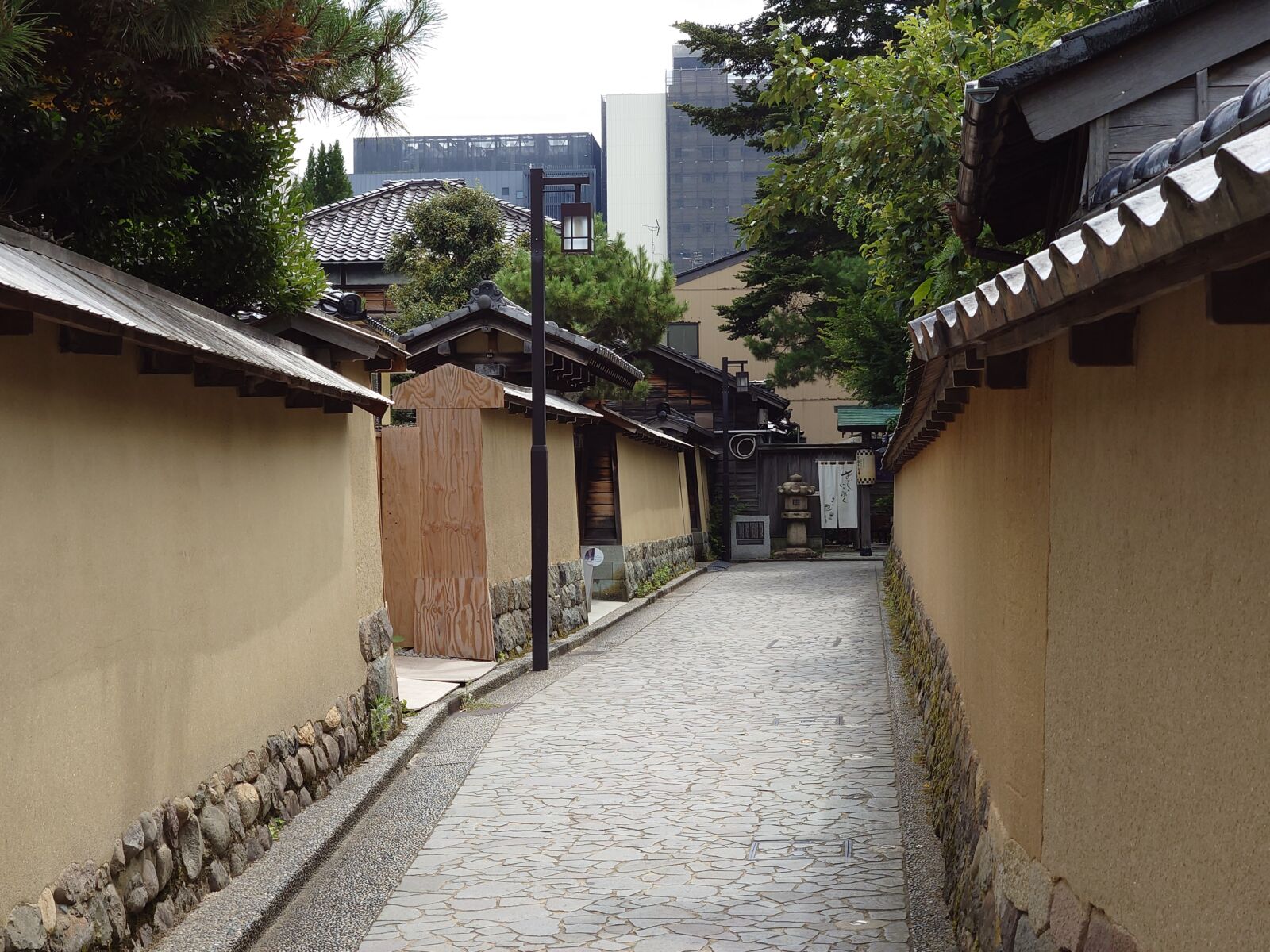
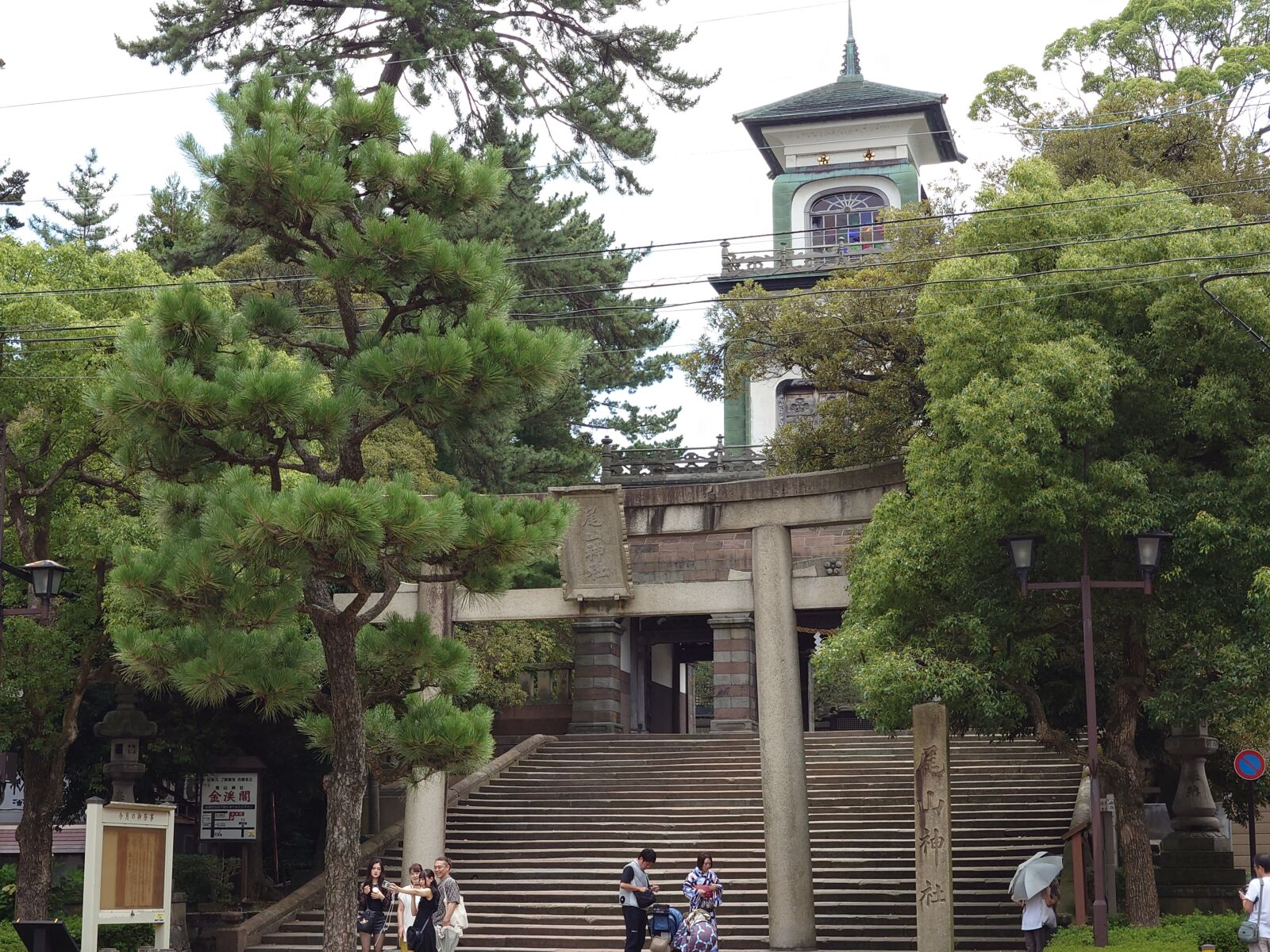
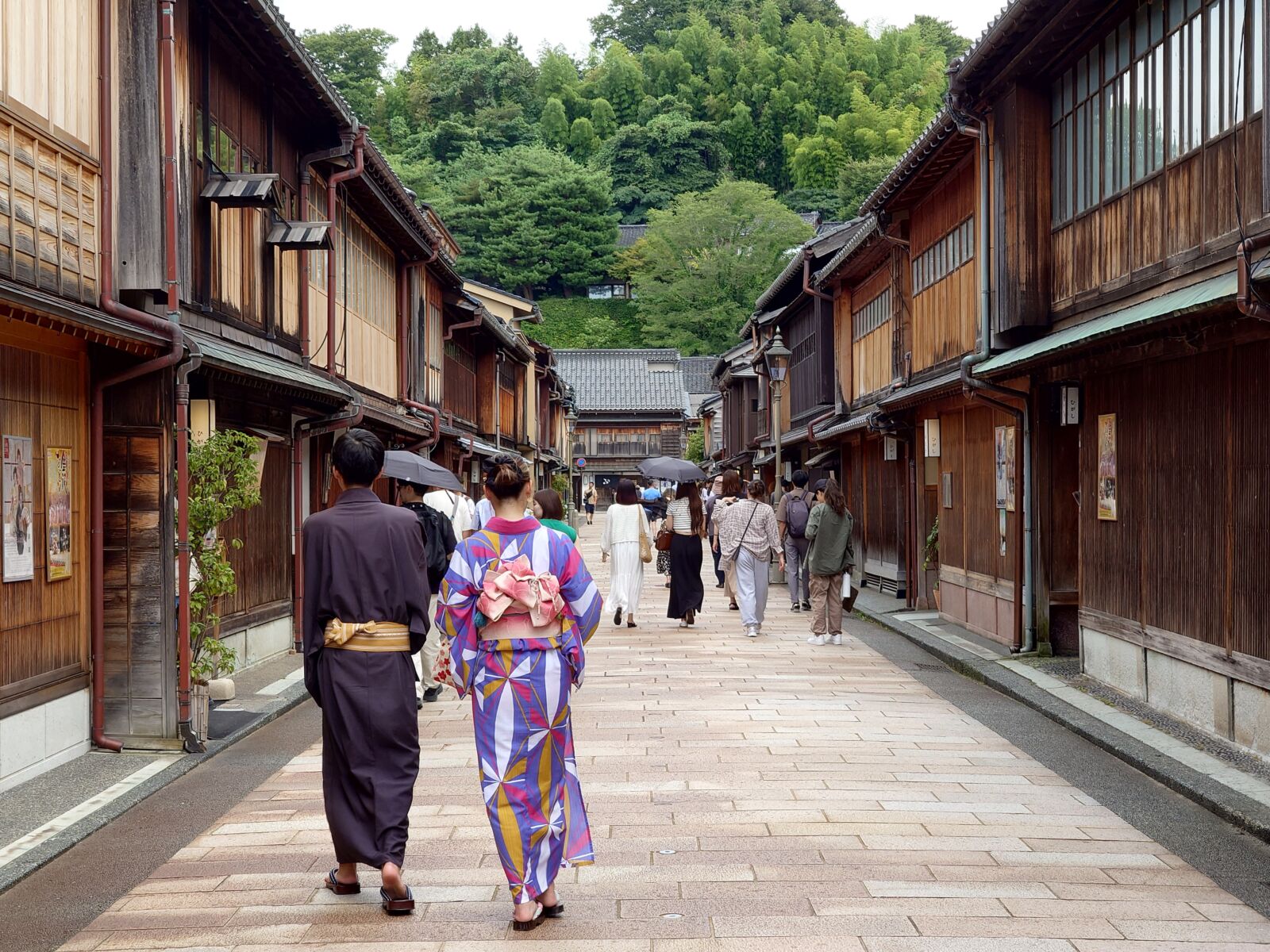
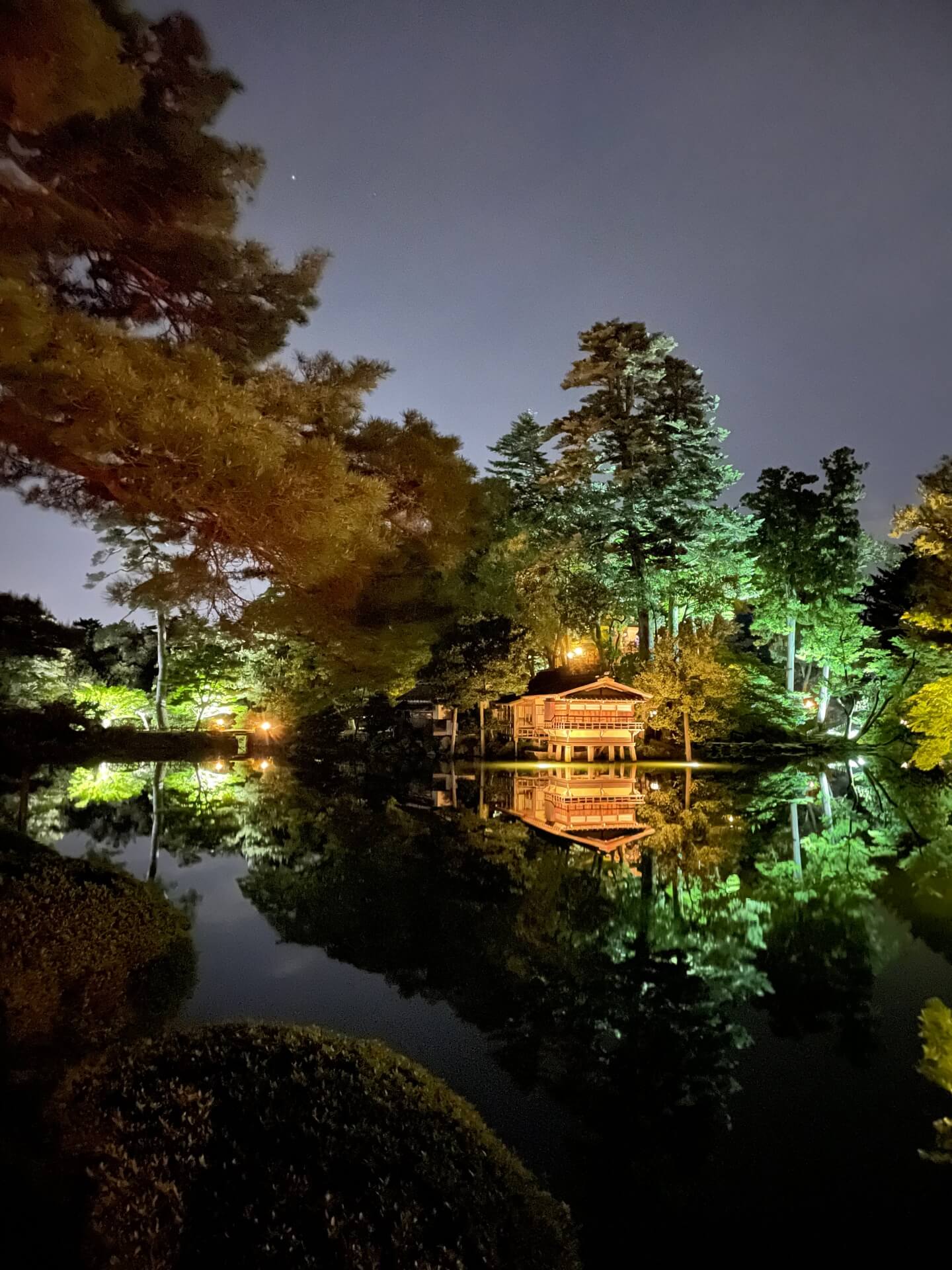
Frequently Asked Questions (FAQ)
What is there to do in Nagamachi?
There is plenty to do in Nagamachi. While plenty of people enjoy just walking through the historic streets, there are several museums in the area. There are also cafes to sit and enjoy a coffee while taking in the atmosphere, businesses selling local crafts and small but beautiful gardens.
What are the best museums in Nagamachi?
If you only visit one museum, we recommend the Nomura Family Samurai House. The well-preserved house showcases the wealth that Kanazawa amassed during the Edo Period. It also has one of the best gardens in a city known for its spectacular gardens, which make it a "must see" while here in Kanazawa!
What are the walls in Nagamachi made of?
The walls in Nagamachi are made of a tightly-compacted earth, which is done using trowels. Each winter, the residents put rice straw mats on the walls to protect them from the elements.
How can I get a guided tour through Nagamachi?
If you're looking for a tour that goes through Nagamachi, Snow Monkey Resorts offers a highly-rated tour in the area. On the tour, you'll see two houses of ashigaru-rank samurai, walk through the garden of the Takada clan and then see the castle in a journey that highlights the differences in the samurai ranks. You'll also drink exquisite matcha in a historical house, see one of Japan's Three Great Gardens and step inside the oldest original geisha house in Japan, Shima.



